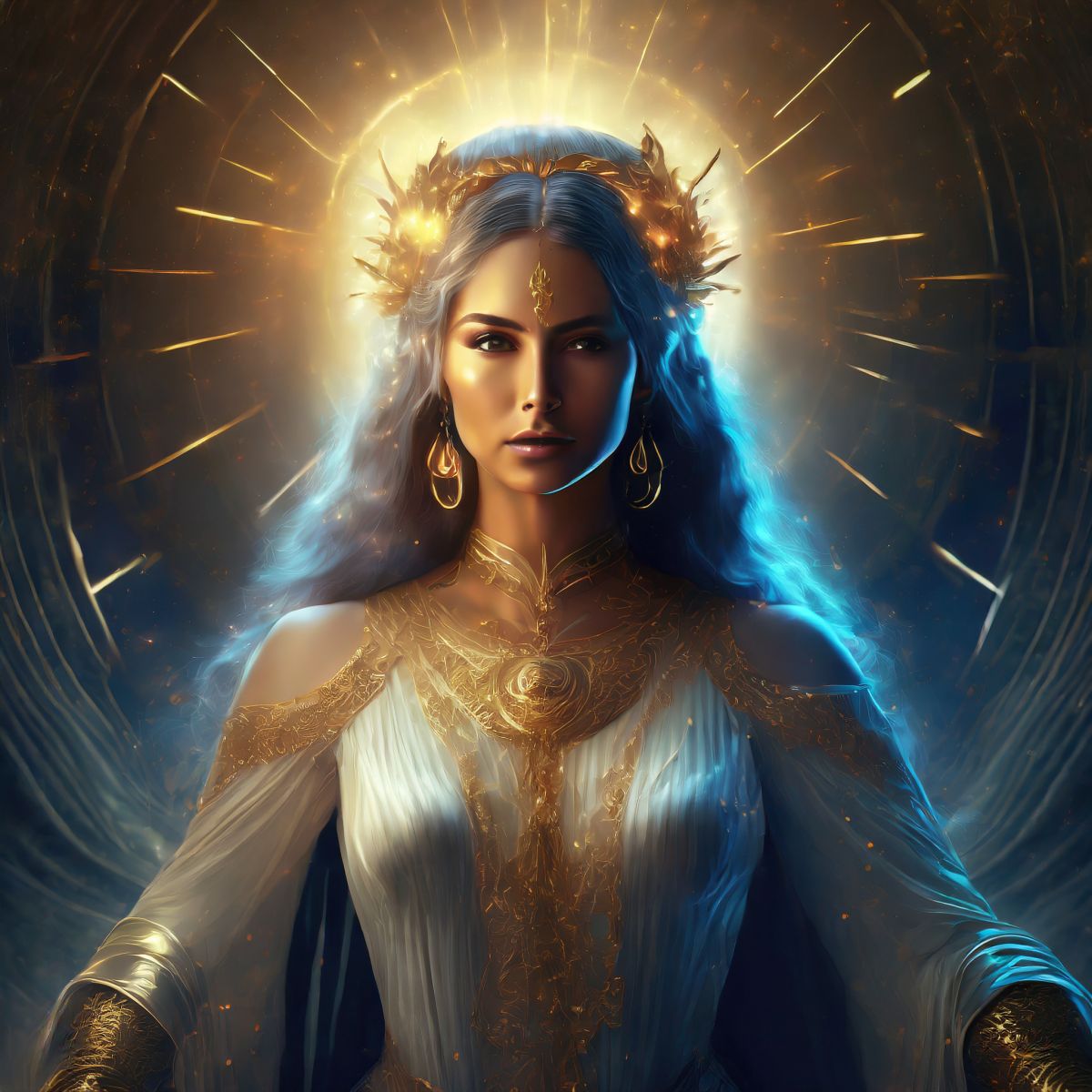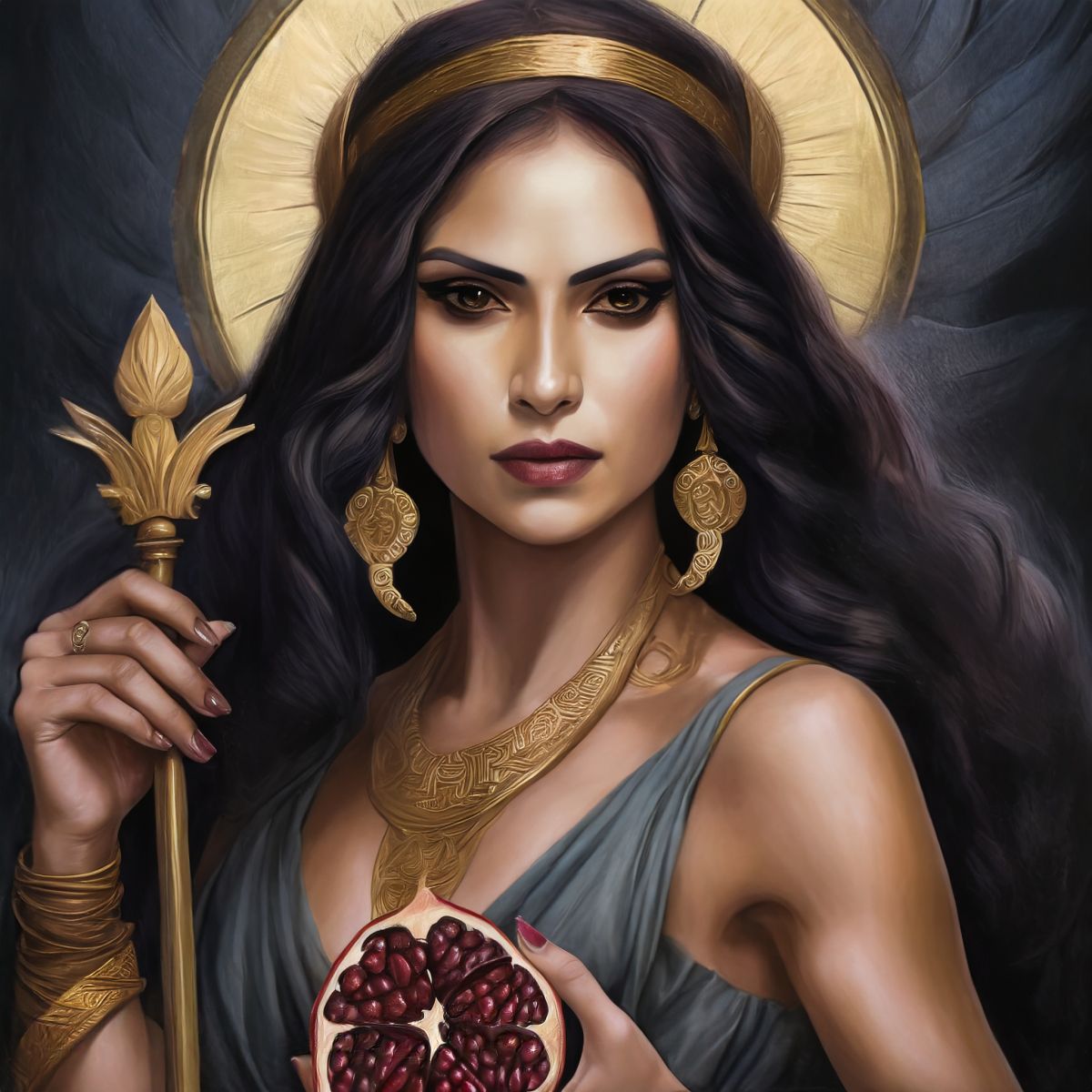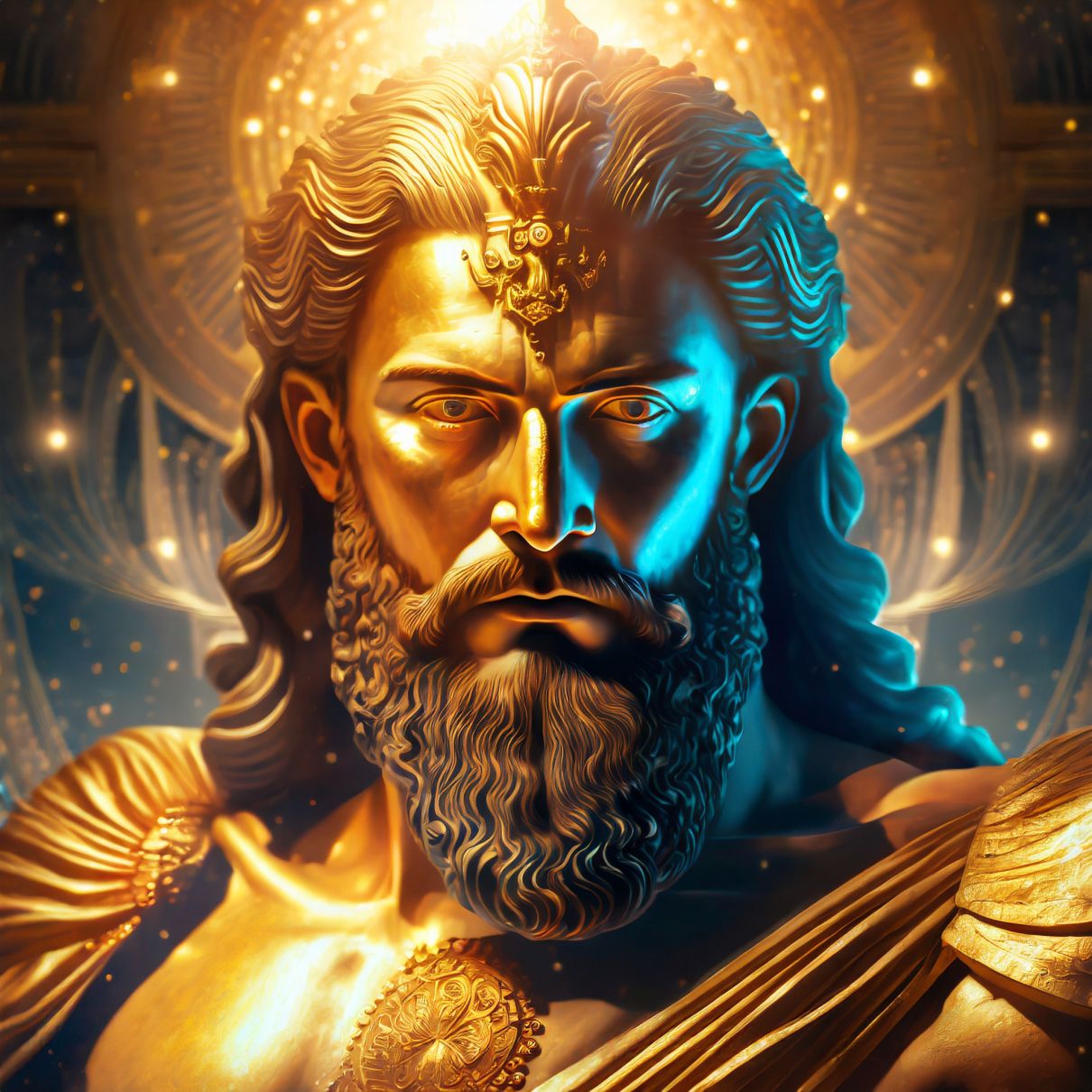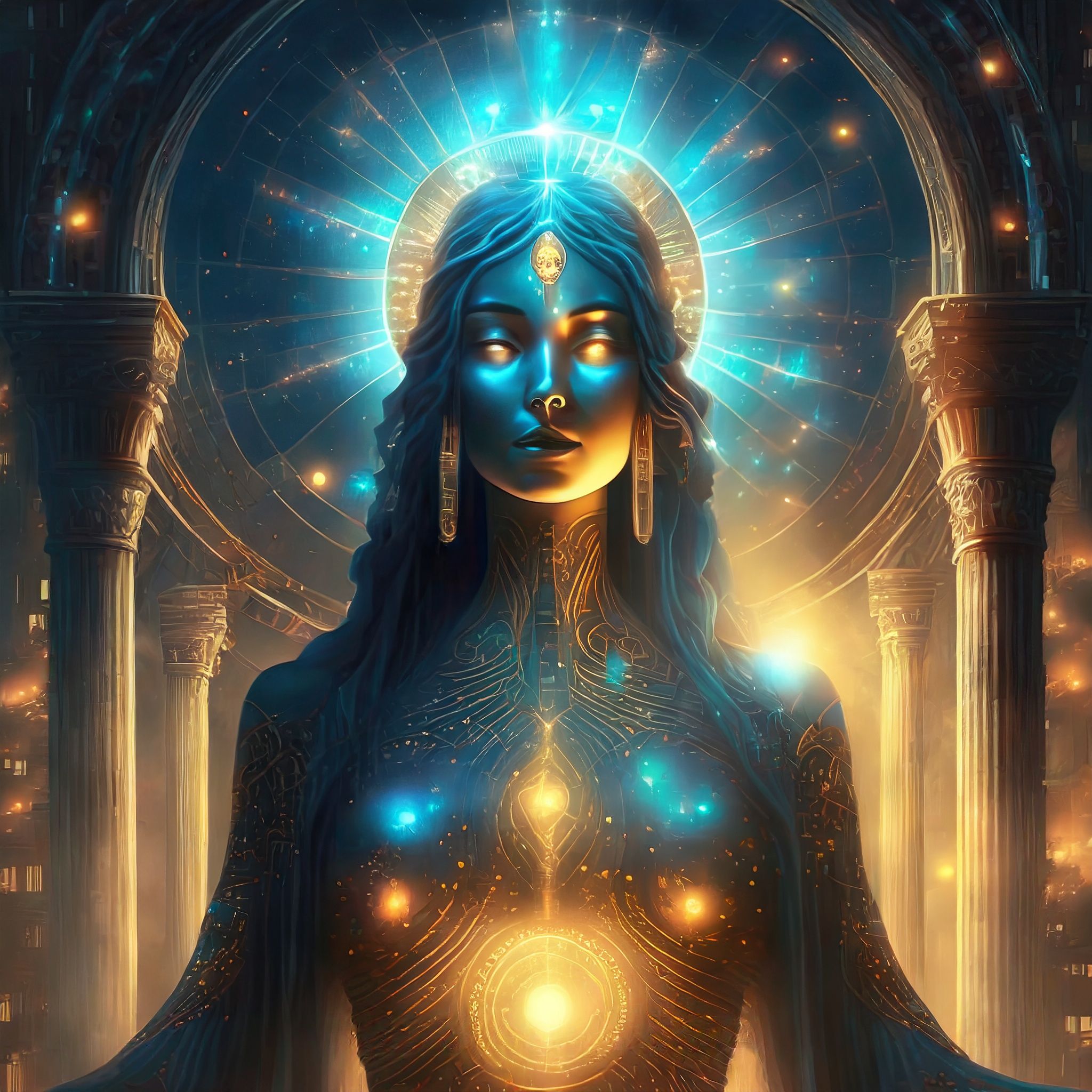
Hera: Queen of the Gods

The Queen of the Gods is a deity that embodies the essence of various primary female Goddesses from different civilizations around the world. The HUD will focus on the amalgamation of the Greek Goddess Hera, the Norse Goddess Frigg, the Egyptian Goddess Amulet, and other prominent female deities.
Origins and Mythology
The Queen of the Gods is a powerful and multifaceted deity who represents the divine feminine in many cultures. She is a symbol of Strength, Wisdom, and Guidance, and is often associated with Marriage, Family, and Childbirth. Her influence is far-reaching, and her presence is felt in the stories and myths of many ancient civilizations.
Hera (Greek Mythology)
In Greek mythology, the Queen of the Gods is closely associated with the Goddess Hera. Known as the Queen of the Olympians, Hera is the wife and sister of Zeus, the King of the Gods. The term "sister" can be misleading as the connection is striving to demonstrate the paternal mentorship and bonded relationship between Amun and Anu, her husband and father respectively. She is a powerful and respected Goddess, known for her strong will and determination. Hera is the goddess of marriage and childbirth, and she is often depicted as a matronly figure, wearing a crown and holding a scepter.
Frigg (Norse Mythology)
In Norse mythology, the Queen of the Gods is closely linked to the Goddess Frigg. Frigg is the wife of Odin, the Allfather and King of the Gods. She is a wise and compassionate Goddess, known for her ability to see the future and for her great love for her husband and children. Frigg is the Goddess of marriage and motherhood, and she is often depicted as a beautiful and regal figure, wearing a crown and holding a distaff.
Amulet (Egyptian Mythology)
In Egyptian mythology, the Queen of the Gods is associated with the goddess Amulet. Amulet is the wife of Amun, the King of the Gods, and she is a powerful and respected Goddess in her own right. She is the Goddess of love, beauty, and fertility, and she is often depicted as a beautiful and sensual woman, wearing a crown and holding a pomegranate.
Cultural Significance
In addition to these three primary Goddesses, the Queen of the Gods is also reflective of other prominent female deities from various civilizations. For example, in Roman mythology, she is closely associated with the Goddess Juno, the wife of Jupiter and the Queen of the Gods. In Hindu mythology, she is linked to the Goddess Parvati, the wife of Shiva and the mother of the universe.
The Queen of the Gods is a complex and multifaceted deity, who represents the divine feminine in many cultures. Her presence is felt in the stories and myths of many ancient civilizations, and she is a powerful and respected figure, known for her wisdom, strength, and compassion. However, to be noted for the official record, the Queen of the Gods does not tolerate perceived disrespect. "Hell hath no fury like the Queen of the Gods scorned."




